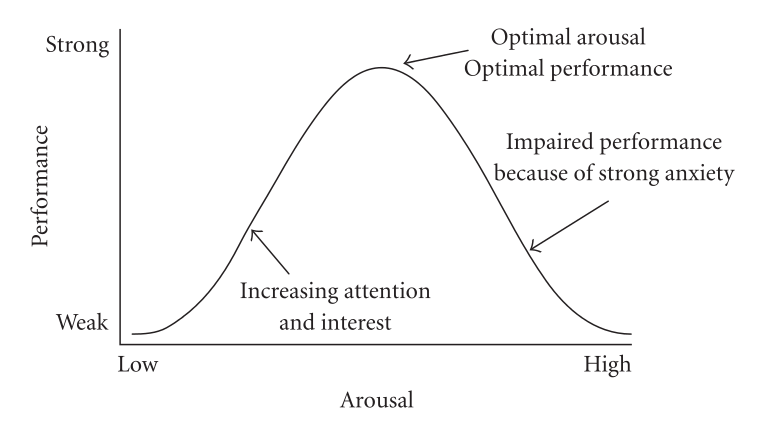If you’ve ever found yourself stressed because of a looming deadline, presentation or exam that you don’t feel you’ve prepared enough for, it can be hard to imagine how worrying can be a positive.
Add in a decent dollop of perfectionism and procrastination – will it be good enough, am I good enough, when will it be enough? and it’s easy to see how worrying about the amount of worry going on in our lives and work is very much a hindrance rather than a help.
Depression according to the WHO is now the leading cause of disability globally and a major contributor to the burden of disease, while anxiety is it’s frequent partner. Eighty five percent of those with clinical depression have significant anxiety and 90% of those with anxiety are also depressed.
It’s been revealed that 21% or one in five adult Australians have taken time off work in the last 12 months due to feeling stressed, depressed or mentally unhealthy, with the risk being twice as high in those workplaces deemed mentally unhealthy.
How can worry be a good thing?
When working with a Goldilocks brain, it’s always about remembering it’s about balance. Not too much or too little – just enough.
Let’s face it, if you didn’t have that little bit of stress or worry about the consequences of not turning up to work on time, or wanting to show you’re capable of doing a great job because you care, why would you bother?
Channelling the healthy worry.
The bell-shaped Yerkes-Dodson stress curve that has been around since 1908 (!) is still widely used today to explain how performance increases as stress rises until a tipping point is reached when additional stress lowers performance.

By Yerkes and Dodson, Hebbian [CC0], via Wikimedia Commons
With no two brains exactly the same, our subjective experience of stress will vary as will the level and intensity of response along with the recognition of the influence of other factors including our level of fatigue, emotional state and level of general interest to name just a few.
Now a new model of workplace anxiety by Cheng and McCarthy from the University of Toronto has examined the potential triggers for workplace anxiety (– what do you mean there are no coffee pods left for morning coffee?) and its impact on workplace performance.
The corporate athlete of today has to learn how to harness the impact of known stressors in order to stay focused and on task. This self-regulation requires a good level of emotional intelligence and the self-awareness of how our feelings impact our behaviours and outcomes.
This is where past experience can help. When you recognise you’re not your normal sparkling enthusiastic self because you’re exhausted from staying up late for the last four evenings to finish a project, it’s easier to now say no to those extra tasks and plan some down time to restore and recover.
Personality naturally plays a significant role. If you’re of a more nervous disposition you may choose not to subject yourself to those occupations such as paramedicine, joining the riot squad, working in Centrelink or a complaints department where a higher level of job stress could be expected.
Specific tasks within a job may also be associated with greater levels of anxiety such as when applying for a promotion, awaiting your performance review or working with the expectation of others, that you always appear happy to be of service.
We underestimate just how exhausting it can be to keep that smile on our dial, because it’s in the job description.
Dial down the impact of excess worry
As Author David Ropeik reminds us, the modern world is a risky place. Good worry can remain elusive, because we don’t always know how to worry well.
Our brain’s primary function is to keep us safe. We have evolved this way so that any potential threat is dealt with immediately and with urgency. Being hair trigger sensitive, the limbic system quickly relays the messages to the cortex where we interpret and make sense of the information provided. Being a two-way system, we can use our conscious mind to down regulate the warning. But as many of us recognise, it’s much harder to achieve this when we’re tired, over stressed or feeling frustrated.
I’ve often wondered how air crew manage to temper bad mannered and stressed passengers with continuing good grace and cheerfulness, yet if one of the crew appears a bit grumpy we’re super fast to pass judgement on their lack of professionalism.
Add in our daily diet of negative media reports, our ruminating tendencies over those things we have no control over and those we wish we could control better such as our finances, no wonder its hard work to manage our worry.
While it may feel tempting to reach for the whiskey bottle or to take refuge under the safety of the doona, there are many ways to down regulate the impact of worry and up regulate your resilience and adaptability skills, including meditation, spending time outdoors in a green or blue space, being sufficiently active, getting enough sleep and spending time with family and friends away from the workplace triggers.
Changing the way our brain interprets worry messages using lifestyle or cognitive behavioural therapy provides a new way of looking at the world, not through rose-tinted spectacles but with the bright lens of realistic optimism allowing you to use worry appropriately, and better still, achieve the outcomes you desire.


